In-Well Fiber-Optic Sensing

INSTRUCTOR: Dennis Dria, PhD
DISCIPLINE: Engineering, Geoscience
COURSE LENGTH (DAYS): 2 Days
CEUS: 1.6
AVAILABILITY: Public & In-House
WHO SHOULD ATTEND: Completion, drilling, production, surveillance, and reservoir engineers who need an introduction to the design and use of fiber-optic instrumented well installations, as well as geologists and geophysicists who need an understanding of the capabilities of in-well fiber-optic sensing.
COURSE DESCRIPTION: This two-day training event introduces petroleum engineers and geoscientists to fiber-optic sensing technology that is used for well and reservoir diagnostics and surveillance. Each day may be taken individually to satisfy a particular need (technology awareness, review prior to beginning FO field projects, introduction to current preferred practices) or as a sequence to obtain a more thorough understanding (to move user through “awareness” to “knowledgeable” level).
LEARNING OUTCOMES:
- How fiber-optic sensors work.
- Where and how fiber-optic sensing can create value.
- Technical and economic factors that influence the selection and justification for installing DAS/DTS systems in specific well types.
- Completion and monitoring components needed to deliver a DAS/DTS-monitored well.
- Installation and commissioning operations.
COURSE CONTENT:
1. In-Well Fiber-Optic Sensing: Introduction to the Technology and Applications (1 Day)
- What is Fiber-Optic Sensing (FOS): basic physics and engineering of the FOS system components: fibers, coatings, cabling, connectors optical fibers, sensor types, instrumentation.
- Why we would want to use FOS: advantages and disadvantages vs. other sensing/monitoring technologies.
- Single-point FO sensors: P, T, seismic/acoustic
- Distributed FO sensing: temperature (DTS), acoustics (DAS), strain (DSS)
- Overview of the different applications
- Survey of FOS system deployment methods
- Permanently installed FOS
- FO “logging” interventions & temporary installations
- Data management and analysis/interpretation
- Factors that influence FOS system selection
- High-level screening of candidate wells and justification for installing FOS
2. In-Well Fiber-Optic Sensing: Applications and Deployment (1 Day)
Applications for Diagnostics and Surveillance
- Introduction to “Life-of-Field” monitoring with Fiber-Optic Sensing (FOS)
- Using FOS for completion and stimulation diagnostics, e.g.:
- Role in field development
- Well placement strategy/optimization (2- and 3-d)
- Stage and cluster efficiency
- Frac monitoring/mapping
- Frac “hits”
- Life-of-field surveillance
- Production monitoring/multiphase inflow profiling
- Well-well interactions
- Artificial lift monitoring
- Well integrity
- What FOS provides (where it works), what it misses (advantages/disadvantages vs. other monitoring tools)
- Integration (synergy) with other monitoring methods
- Tracers
- Microseismic
- Tiltmeter
- OH and CH wireline
- Others
Deployment of Fiber-Optic Sensing Systems: Well Design and Installations
- Fiber-optic sensing (FOS) well architectures
- Onshore
- Offshore
- FOS system – component selection and specification
- Fiber
- Cables
- Surface instrumentation units
- Power/communication options
- Completion hardware
- Well design modifications needed to accommodate FOS
- Hole size
- Casing/tubing
- RIH procedures
- Cementing
- Perforating
- Installation operations
- Project planning
- Completion/FOS installation operations
- Preferred/recommended practices
-
- Commissioning
